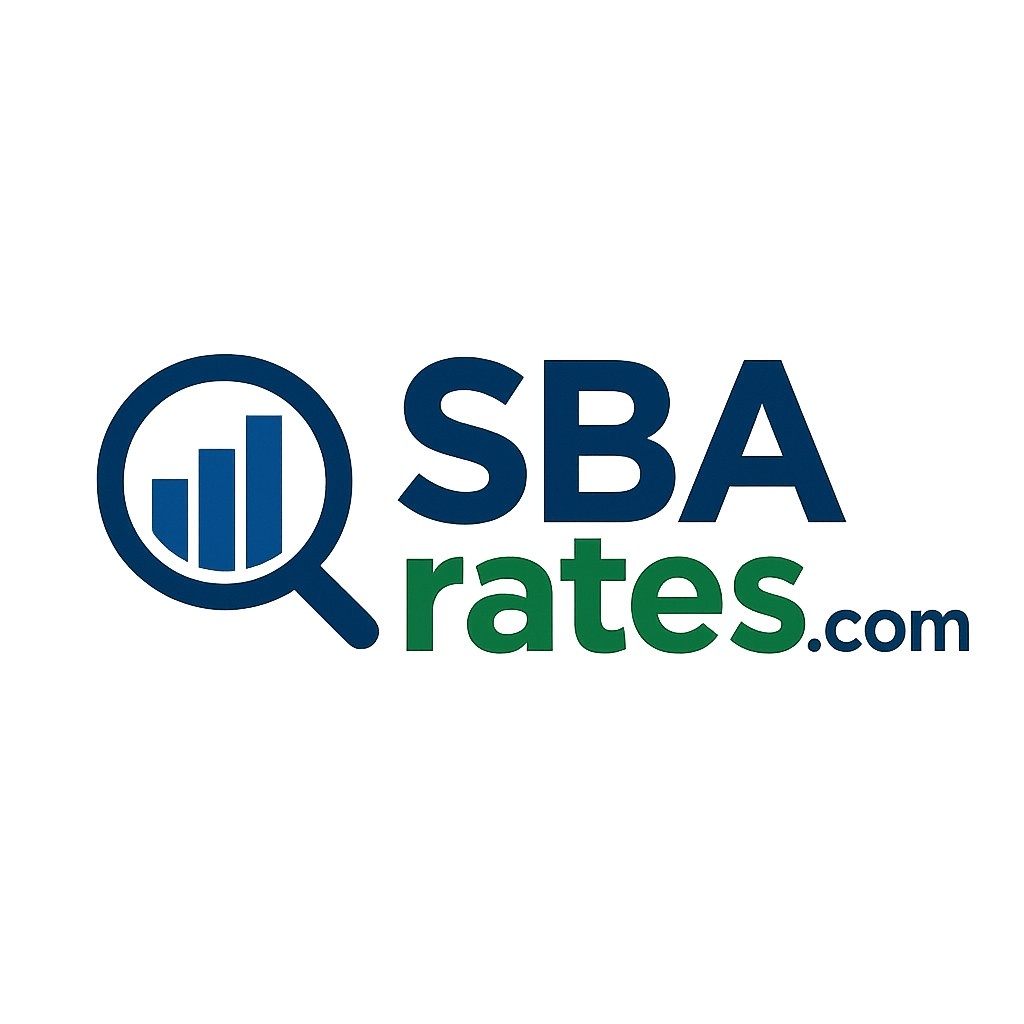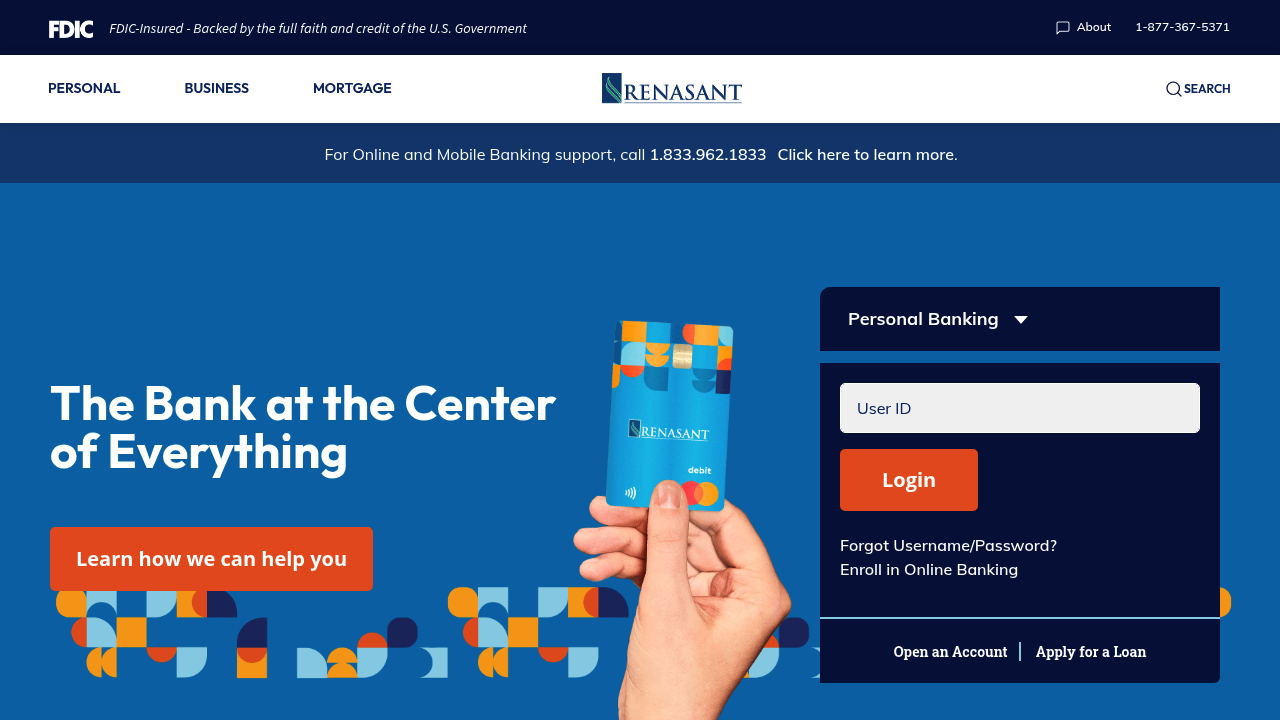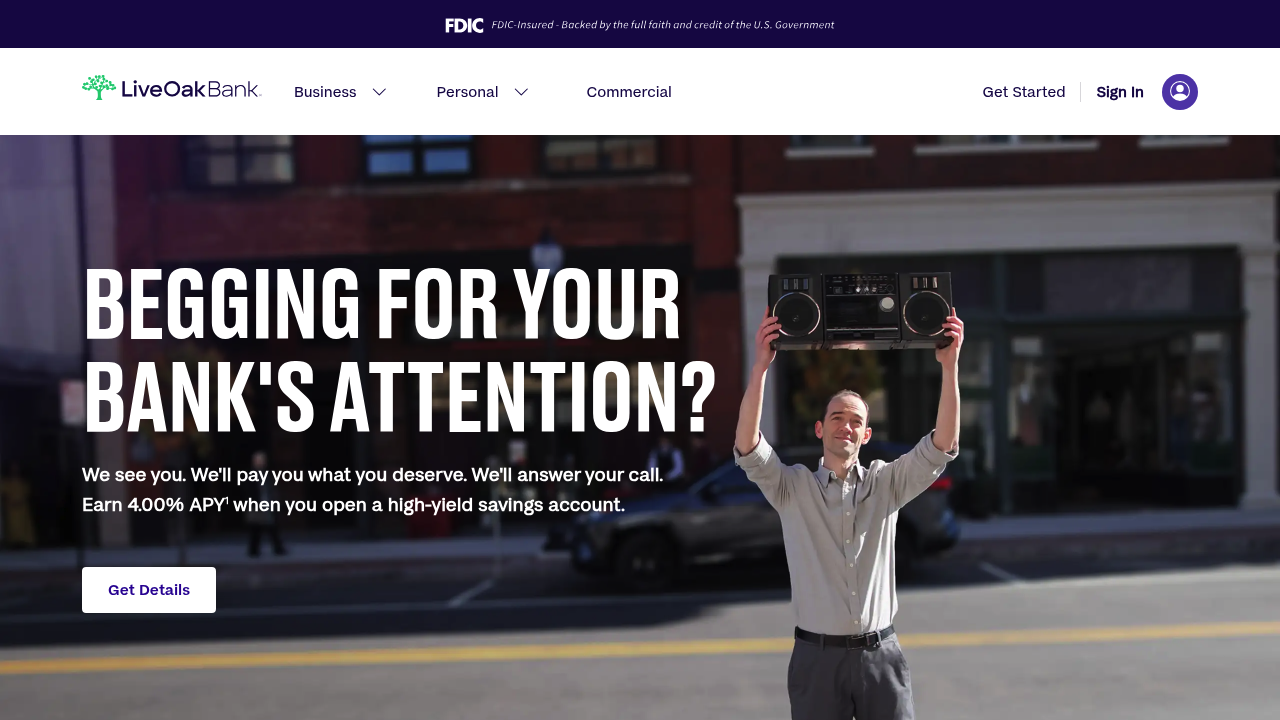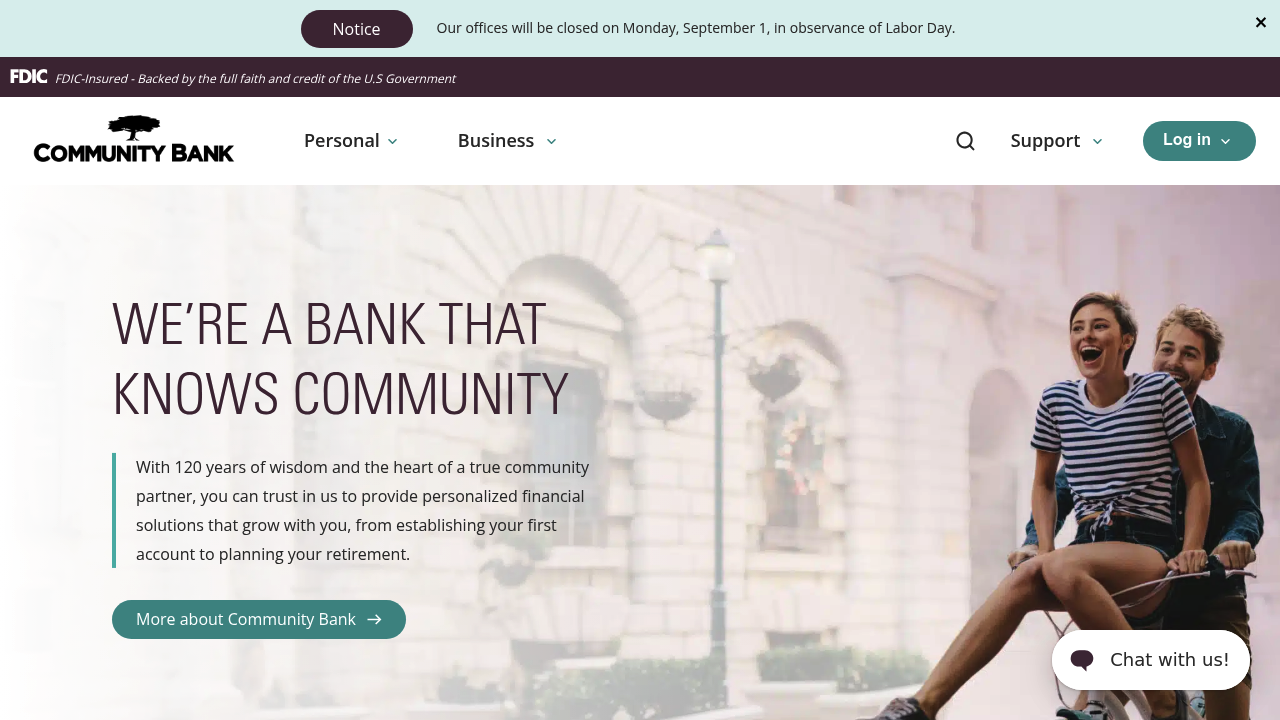Chicken Egg Production
112310
SBA Loans for Chicken Egg Production: Financing Growth in Poultry Farming
Introduction
The chicken egg production industry is a cornerstone of U.S. agriculture, supplying eggs to grocery stores, restaurants, food processors, and consumers nationwide. Classified under NAICS 112310, chicken egg production includes raising laying hens, collecting eggs, and distributing them for retail and commercial use. Despite its importance, Chicken Egg Production businesses often face challenges in securing financing due to volatile feed prices, disease risks, and high operating costs.
Traditional banks may view poultry farming as too risky, especially for smaller operators or family-owned farms. That’s why SBA Loans for Chicken Egg Production are essential. With government-backed guarantees, longer repayment terms, and lower down payments, SBA loans provide farmers with access to the capital they need to grow, modernize, and stabilize their operations.
In this article, we’ll explore the NAICS 112310 industry, common financial challenges poultry farmers face, and how SBA loans provide real-world solutions.
Industry Overview: NAICS 112310
Chicken Egg Production (NAICS 112310) covers businesses primarily engaged in raising poultry for egg production. This includes small family farms, large commercial egg operations, and vertically integrated poultry companies. Eggs are a high-demand food staple, and the industry plays a vital role in both domestic and international markets.
In recent years, consumer preferences for cage-free, free-range, and organic eggs have reshaped the market. Producers must invest in updated facilities and equipment to meet these standards, creating an even greater need for accessible financing.
Common Financing Pain Points in Chicken Egg Production
From farmer forums, agricultural reports, and industry discussions, here are the most common financial challenges:
- High Feed Costs – Feed accounts for up to 70% of production expenses, making profitability vulnerable to grain market volatility.
- Biosecurity and Disease Control – Outbreaks of avian influenza and other poultry diseases require expensive mitigation measures.
- Facility Investments – Modern barns, ventilation systems, and cage-free housing require millions of dollars in capital.
- Cash Flow Variability – Prices for eggs can swing significantly depending on demand, supply chain issues, and export markets.
- Bank Financing Barriers – Lenders often deny loans to farms due to cyclical risks and reliance on fluctuating commodity prices.
How SBA Loans Help Chicken Egg Producers
SBA loans provide affordable, flexible financing designed to meet the unique needs of farmers and agricultural businesses. Here’s how they apply to chicken egg production:
SBA 7(a) Loan
- Best for: Working capital, equipment purchases, refinancing high-interest debt, or expansion projects.
- Loan size: Up to $5 million.
- Why it helps: Funds can be used for feed purchases, veterinary expenses, or barn upgrades.
SBA 504 Loan
- Best for: Real estate and facility improvements.
- Loan size: Up to $5.5 million.
- Why it helps: Ideal for financing cage-free housing systems, processing facilities, or large-scale equipment.
SBA Microloans
- Best for: Smaller farms or local producers.
- Loan size: Up to $50,000.
- Why it helps: Great for purchasing small equipment, covering seasonal feed costs, or launching direct-to-consumer sales.
SBA Disaster Loans
- Best for: Recovery from disease outbreaks, storms, or other disasters.
- Loan size: Up to $2 million.
- Why it helps: Provides working capital to rebuild operations after unexpected disruptions.
Step-by-Step Guide to Getting an SBA Loan
- Check Eligibility – The farm must operate legally in the U.S. Owners typically need credit scores above 650 and repayment ability.
- Prepare Documentation – Include financial statements, farm management records, production projections, and business plans.
- Find an SBA-Approved Lender – Seek lenders with agricultural lending experience.
- Submit the Application – Clearly explain your farm operations, herd size, and use of funds.
- Approval and Funding – SBA guarantees up to 85% of the loan. Funding usually takes 30–90 days depending on the lender.
FAQ: SBA Loans for Chicken Egg Production
Why do banks hesitate to finance egg producers?
Egg farms face risks such as disease outbreaks, feed price volatility, and seasonal demand. SBA guarantees lower lender risk, making approvals more likely.
Can SBA loans fund cage-free or organic facility upgrades?
Yes. SBA 504 and 7(a) loans can be used to build or retrofit barns for cage-free or organic certification compliance.
What down payment is required?
SBA loans typically require 10–20% down, compared to 25–30% with conventional agricultural loans.
Are small or startup farms eligible for SBA loans?
Yes, but new farmers must present strong business plans, experience in poultry management, and solid financial projections.
How long are repayment terms?
- Real estate: Up to 25 years
- Equipment: Up to 10 years
- Working capital: Up to 7 years
Can SBA loans help with biosecurity investments?
Absolutely. SBA loans can finance ventilation systems, sanitation equipment, and protective measures against poultry diseases.
Final Thoughts
The chicken egg production industry is essential for providing affordable protein to households and businesses across the U.S. Yet, farmers in this sector face significant financial challenges tied to feed costs, facility investments, and disease prevention. SBA Loans for Chicken Egg Production give producers the affordable financing they need to expand, modernize, and stabilize their operations.
Whether you’re upgrading to cage-free systems, buying new equipment, or building long-term resilience against market fluctuations, SBA financing can help your farm thrive in today’s competitive agricultural landscape.
Filters
Tags
#Preferred Lenders Program
#SBA Express Program
#Existing or more than 2 years old
#Startup
#Loan Funds will Open Business
#Change of Ownership
#New Business or 2 years or less
#7a General
#Variable Rates
#Fixed Rates
#Asset Base Working Capital Line (CAPLine)
#International Trade Loans
#Export Express
#7a with WCP
#Contract Loan Line of Credit (CAPLine)
#7a with EWCP
#Preferred Lenders with WCP
#Preferred Lenders with EWCP
#Seasonal Line of Credit (CAPLine)
#Builders Line of Credit (CAPLine)



 Southern Bancorp Bank (AR)
Southern Bancorp Bank (AR)



